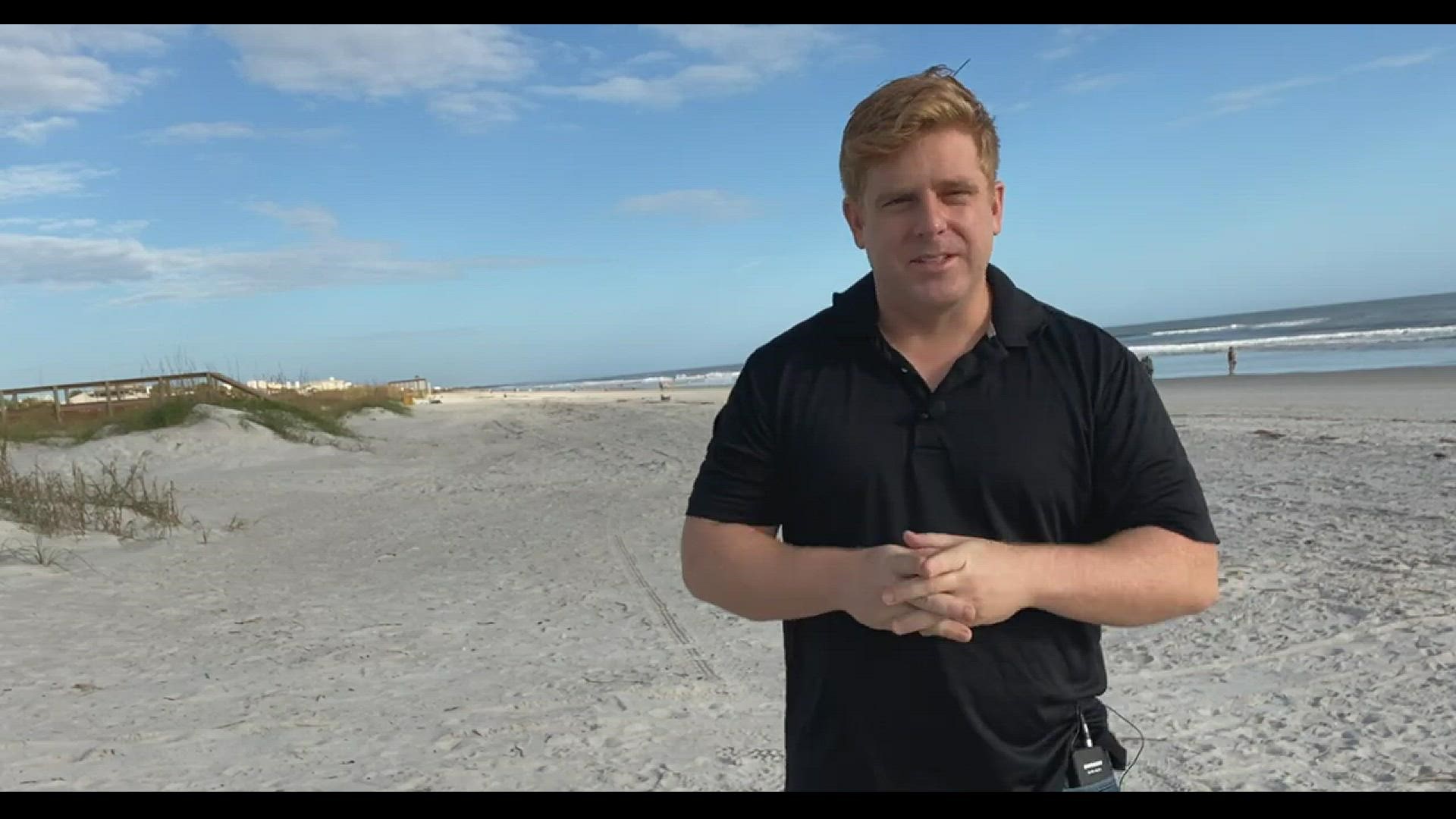JACKSONVILLE, Fla. — Super Typhoon Rai, also known as Odette in the Philippines, slammed into the Philippines on Thursday afternoon. The first landfall was over Siargao Island where it had estimated winds up and over 200 kilometers per hour.
“Siargao island is heavily damaged,” the National Disaster Agency Executive Director Ricardo Jalad said.
The storm rapidly intensified just prior to landfall. It strengthened from a category 1 to a category 5 on the Saffir Simpson Scale in the United States. It had characteristics of an extremely powerful cyclone simply by looking at it on satellite and radar imagery with the "pin hole" eye surrounded by strong thunderstorms.
Rai will go on record to as the third strongest typhoon for the month of December. Rai is hitting the Philippines late in the typhoon season, with most cyclones developing between July and October. Yet unlike in the Atlantic the Typhoon season in the Pacific never really ends and storms can form any month of the year.
The city of Cebu the second largest in the Philippines suffered severe damage from the storm. The Commericail district in the city seen some of the worse damage in recent memory and the highest winds since 2013 when Super Typhoon Haiyan passed over the island.
Further west on the island of Negros the province seen the strongest landfalling Typhoon on record as Rai maintained it's intensity island hopping over the Philippines. In total the storm made nine separate landfalls.
Search and rescue operations are now underway as the storm passes to the east through the South China Sea.
More than 100,000 people were evacuated and, as of Friday morning, 17 people have died, but the death toll is expected to rise.
According to Associated Press, one man died after being hit by debris while local media reported extensive damage to infrastructure.
There have been several reports of failed power lines, blocked roadways, and landslides. In one major river on the south of the country, a major river has burst its banks. There are also reports of communities and villages that are totally submerged.
The concern moving forward will be finding food and clean water for the hundreds, even thousands, of families still in the area.
Communications have been disrupted in many areas, making it hard to immediately assess the situation.

